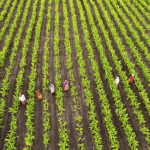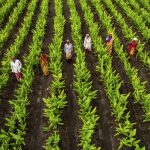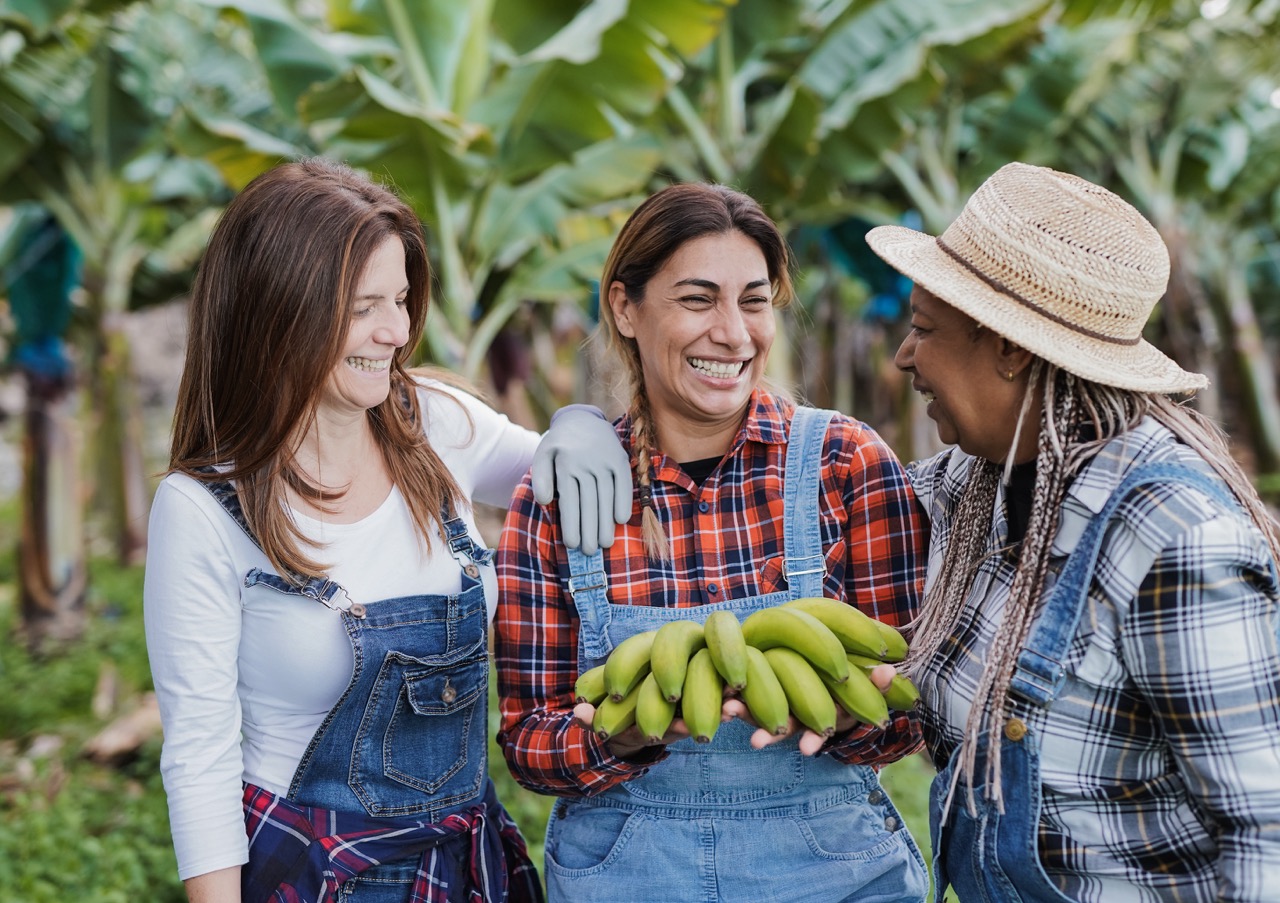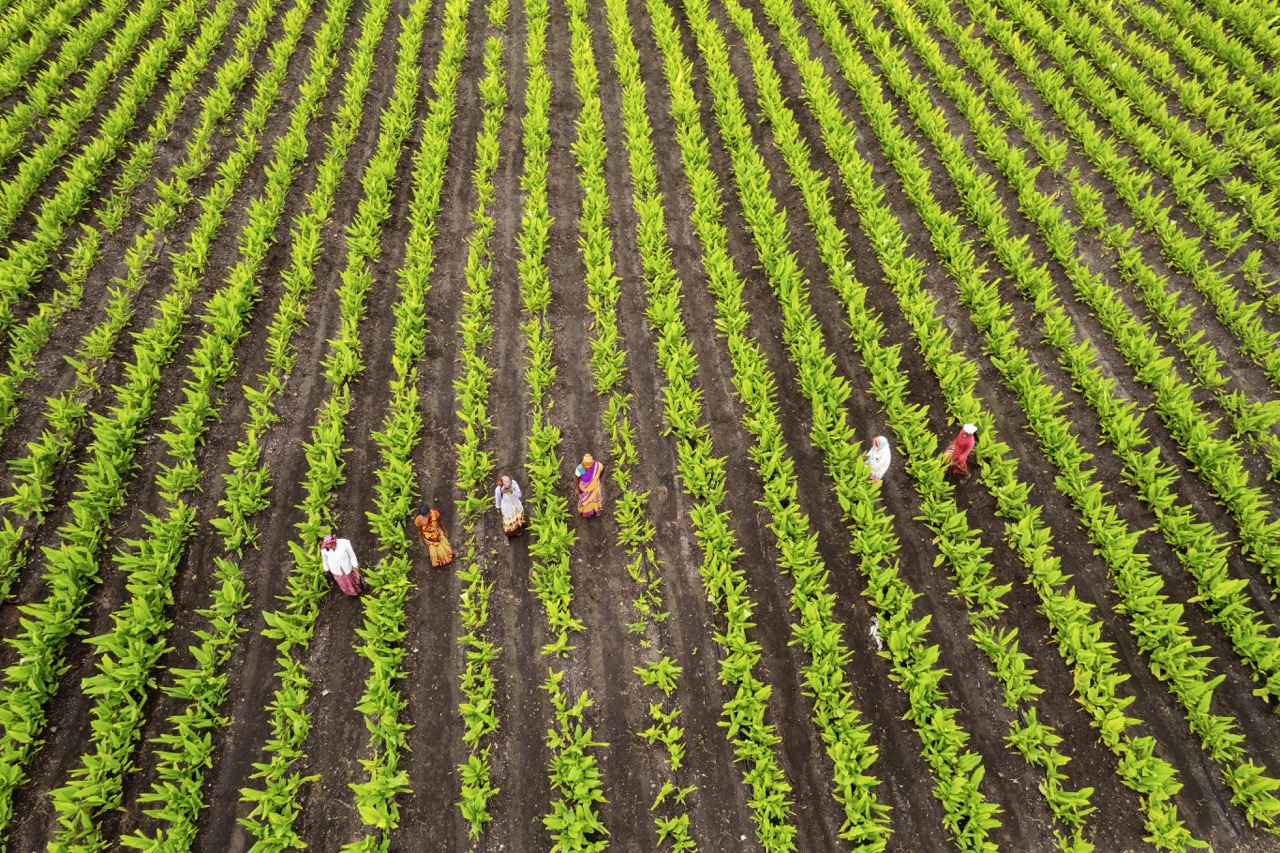As urban areas expand and the demand for locally sourced food increases, innovative farming models are emerging to address the challenges of urban agriculture. Among these models, sharecropping—historically tied to rural farming—offers valuable insights for city-based agricultural practices. By adapting traditional sharecropping principles to suit urban environments, we can create sustainable, community-oriented food systems that not only feed city dwellers but also empower local economies. This article explores the historical context of sharecropping, the necessity of innovative agricultural models in cities, and how we can effectively modify these traditional practices for urban success.
Understanding Sharecropping: A Historical Perspective
Sharecropping originated in the post-Civil War Southern United States as a compromise between landowners and laborers who lacked resources to farm independently. Under this system, laborers would work the land in exchange for a share of the crops produced. While sharecropping aimed to provide economic opportunities, it often resulted in cycles of debt and poverty due to exploitative agreements and systemic inequalities. Nonetheless, sharecropping fostered a sense of community and collaboration among those involved, allowing families to sustain themselves in adverse conditions.
The essence of sharecropping revolves around mutual benefit and resource sharing, making it a compelling model for cooperative farming efforts. Landowners provided the land and resources, while laborers contributed their expertise and labor. This interdependence can serve as an inspiration for urban agriculture, where space is scarce, and collaboration among diverse urban stakeholders is crucial. By understanding these historical dynamics, urban farmers can better adapt sharecropping to promote equity, sustainability, and community resilience.
Despite its troubled history, the principles of sharecropping can offer a framework for rethinking urban agriculture in a way that emphasizes cooperation and local engagement. In cities, where food insecurity is rampant and access to resources can be limited, adapting these principles may lead to innovative solutions that could enhance food production, community ties, and economic opportunities within urban landscapes.
Urban Agriculture: The Need for Innovative Farming Models
As cities continue to grow, the demand for fresh produce and sustainable food systems becomes increasingly critical. Urban areas often face challenges such as limited space, soil contamination, and high land costs, making traditional farming methods impractical. This calls for innovative agricultural models that can thrive within urban settings. Urban agriculture has emerged as a response, utilizing vacant lots, rooftops, and community gardens to produce food closer to where it is consumed.
The COVID-19 pandemic further highlighted the vulnerability of food systems and the importance of local food production. As supply chains faltered, many urban dwellers experienced food scarcity, prompting a renewed interest in self-sufficiency and local sourcing. Innovative farming models not only address food insecurity but also promote environmental sustainability by reducing the carbon footprint associated with transporting food across long distances.
Furthermore, urban agriculture contributes to community well-being by providing residents with access to fresh produce, fostering social interaction, and enhancing green spaces. In this context, adapting sharecropping principles can help build community-based agricultural systems that leverage local resources and encourage collaboration among residents, thereby transforming underutilized urban spaces into productive, vibrant areas for food production.
Adapting Traditional Models for City-Based Farming Success
To effectively adapt sharecropping to urban environments, it is crucial to rethink land use, ownership structures, and community engagement. One approach is the development of community land trusts, which can serve as frameworks for shared ownership and collaborative farming efforts. By pooling resources and establishing agreements that outline responsibilities and profit-sharing arrangements, urban sharecropping can foster a sense of collective investment and ownership among participants.
Moreover, urban sharecropping can incorporate vertical farming and hydroponics to maximize yield in limited spaces. These innovative farming techniques allow for efficient use of resources while producing high-quality crops. By integrating technology with traditional agricultural knowledge, urban farmers can create a hybrid model that not only addresses food production but also environmental sustainability. Training programs and workshops can also be established to educate urban dwellers about gardening techniques, fostering a culture of self-sufficiency and communal support.
Additionally, partnerships with local governments and organizations can help provide the necessary resources such as funding, technical assistance, and access to land. By fostering collaboration among stakeholders, urban sharecropping initiatives can scale sustainably and enhance local food systems. This creates a holistic approach where the community benefits not just from food production, but also from increased economic opportunities and strengthened social bonds.
Challenges and Solutions in Urban Sharecropping Practices
Despite the potential benefits of urban sharecropping, several challenges must be addressed for its successful implementation. One major obstacle is navigating zoning laws and regulations that can restrict the use of land for agricultural purposes in urban areas. Many cities have outdated policies that do not align with the goals of urban agriculture. Advocating for policy changes and zoning reforms is essential for reducing these barriers and enabling urban sharecropping initiatives to flourish.
Another significant challenge is access to resources, including funding, quality soil, and water. Urban sharecroppers often contend with financial constraints that limit their ability to invest in necessary infrastructure and inputs. Developing cooperative funding models, such as crowdfunding or microloans, can empower local farmers to overcome these barriers. Additionally, establishing partnerships with local businesses and nonprofits can provide valuable resources and support, enhancing the capacity of urban farming initiatives.
Finally, fostering community engagement and building trust among participants is crucial for the success of urban sharecropping. Many urban residents may be unfamiliar with agricultural practices, creating potential barriers to participation. Organizing community workshops, volunteer days, and social events can help build rapport and encourage collaboration among residents. By prioritizing education and relationship-building, urban sharecropping can create an inclusive, vibrant community of urban farmers dedicated to sustainable food practices.
In conclusion, adapting sharecropping models for urban agriculture presents a significant opportunity to enhance food security, empower communities, and promote sustainable practices in cities. By drawing on the historical insights of sharecropping and addressing the unique challenges of urban environments, we can create innovative farming systems that are not only productive but also equitable and resilient. As cities continue to evolve, embracing these models will be essential for fostering local food movements that benefit both individuals and the broader community. The future of urban agriculture lies in collaborative efforts that prioritize sustainability and inclusivity, paving the way for healthier cities and empowered residents.










